T4K3.news
Rare brain eating amoeba case confirmed in Missouri
A patient who swam at Lake of the Ozarks is hospitalized with Naegleria fowleri; health officials say overall risk remains low.
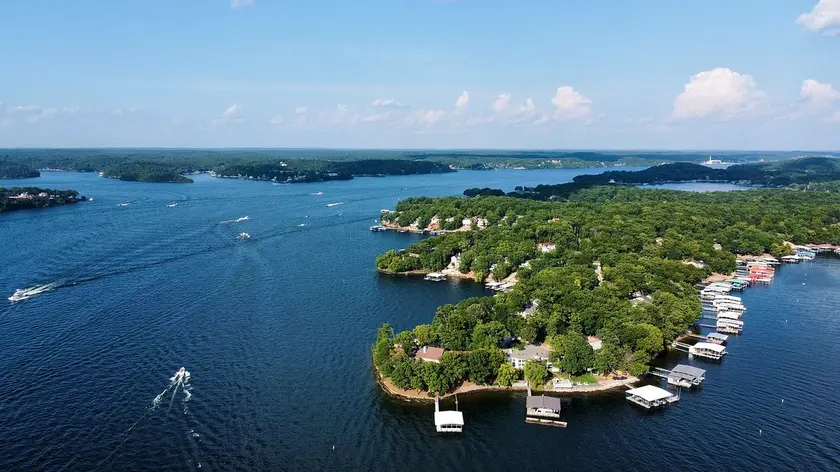
A hospitalized case in Missouri highlights the ongoing risk of brain eating amoeba in warm freshwater and the need for precautions.
Missouri reports rare brain eating amoeba case at Lake of the Ozarks
A person in Missouri was hospitalized after contracting Naegleria fowleri, a rare brain infection, likely from swimming at the Lake of the Ozarks. The patient, whose name and age were not released, is being treated in a St. Louis hospital. Officials say this is the third recorded Missouri case since 1962.
Naegleria fowleri is almost always deadly. In the United States, 164 infections were reported from 1962 through 2023, with only four survivors. Experts say cases may be rising as warmer weather expands the amoeba’s range into northern states. The lake involved is a man made reservoir created by Bagnell Dam on the Osage River and remains a popular spot for swimming and watersports. Health officials note there is no current warning about contamination in the lake and the overall risk to the public remains low. Officials advise practical steps like keeping heads above water, avoiding sediment, and using nose plugs during warm months to reduce risk.
The amoeba is found in fresh water that is warm. It typically enters the body through the nose and travels to the brain. Ingesting water through the mouth does not usually cause infection because stomach acid kills the organism. Early symptoms resemble the flu and can progress rapidly to severe neurological problems. There are no proven treatments for PAM, and most infections prove fatal.
Key Takeaways
"It literally eats the brain tissue"
Dr Anjan Debnath on how the infection progresses
"The nose is its only route"
Explanatory note on infection path
"What you might see is spikes in these organisms after an extreme weather event"
Climate linked spread warning
The case highlights a public health challenge in a warming climate. As temperatures rise, lakes that attract large crowds can become unexpected battlegrounds against microscopic threats. Officials must balance clear guidance with reassurance, so communities do not retreat from outdoor recreation. The broader message is about preparedness and practical safety rather than alarm.
At the same time, the incident tests local health systems from surveillance to communication. Ready messaging about risk, even when low, helps families take simple precautions without dampening summer activities. The pattern may push authorities to expand monitoring of warm freshwater sites and to share timely, location specific guidance for swimmers and water users.
Highlights
- Warm water invites danger into crowds
- A tiny germ can trouble a summer lake
- Protect noses, protect lives this summer
- Heat makes risk rise where families swim
Public health risk from warm freshwater rises
The Missouri case highlights growing public health risk from Naegleria fowleri linked to warming lakes. Officials urge cautious behavior and ongoing surveillance to prevent panic.
Summer water safety remains essential even as risks evolve.
Enjoyed this? Let your friends know!
Related News
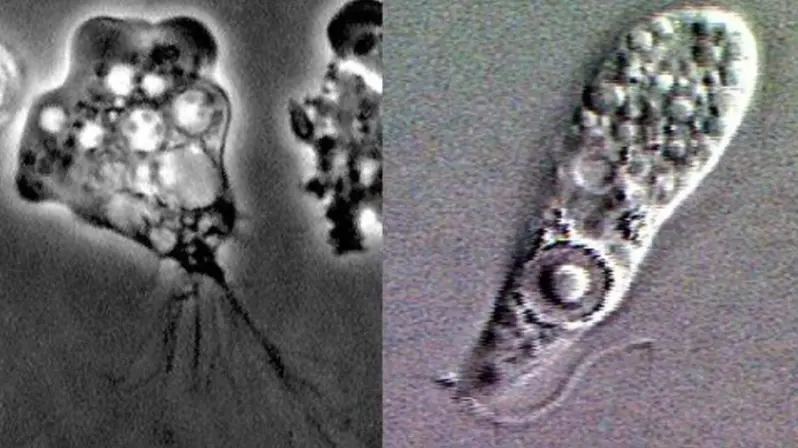
Lake of the Ozarks amoeba case
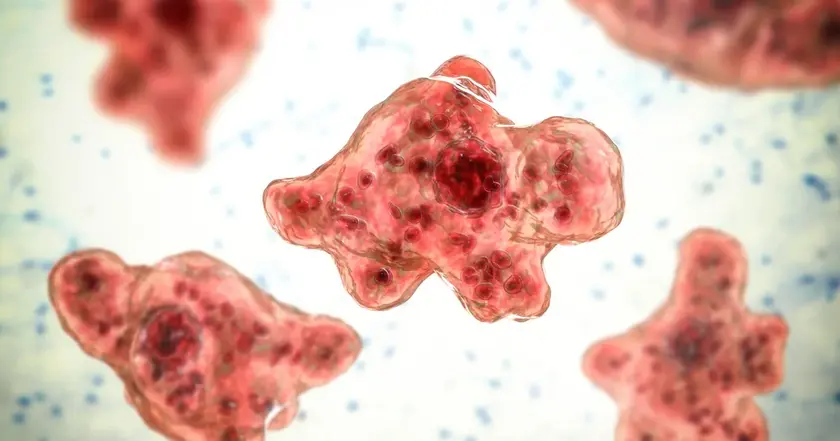
Missouri reports a rare brain infection linked to lake activity
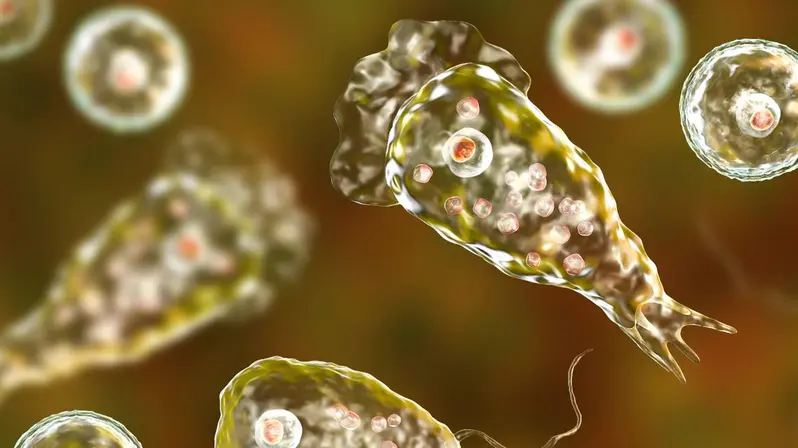
Brain-eating amoeba case confirmed in South Carolina
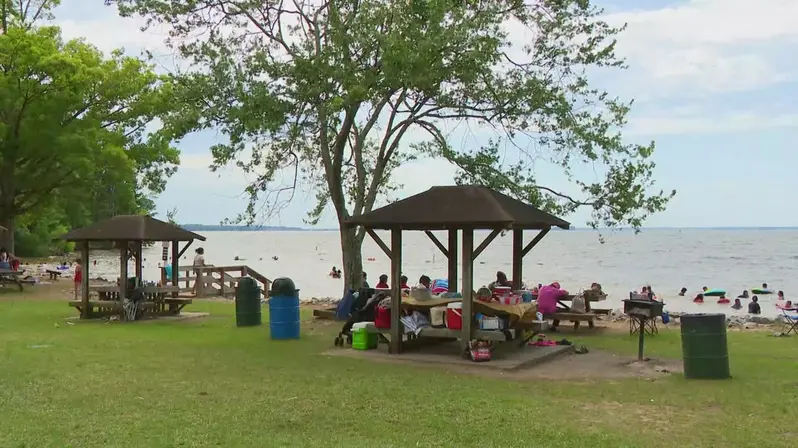
South Carolina confirms death from brain-eating amoeba

Pediatric death linked to brain-eating amoeba
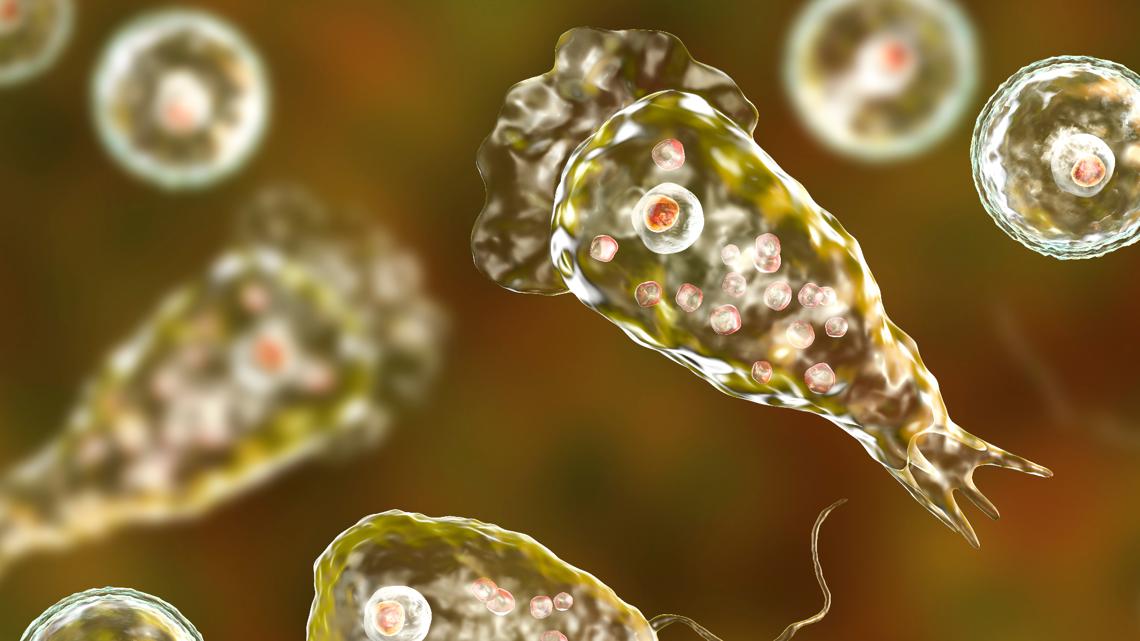
Confirmed death from brain-eating amoeba in South Carolina
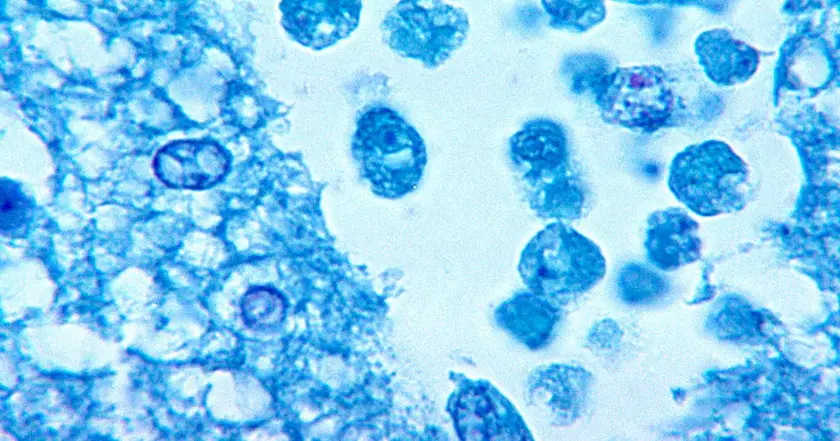
Child dies from brain-eating amoeba in South Carolina

Child dies from brain-eating amoeba after swimming in South Carolina lake
